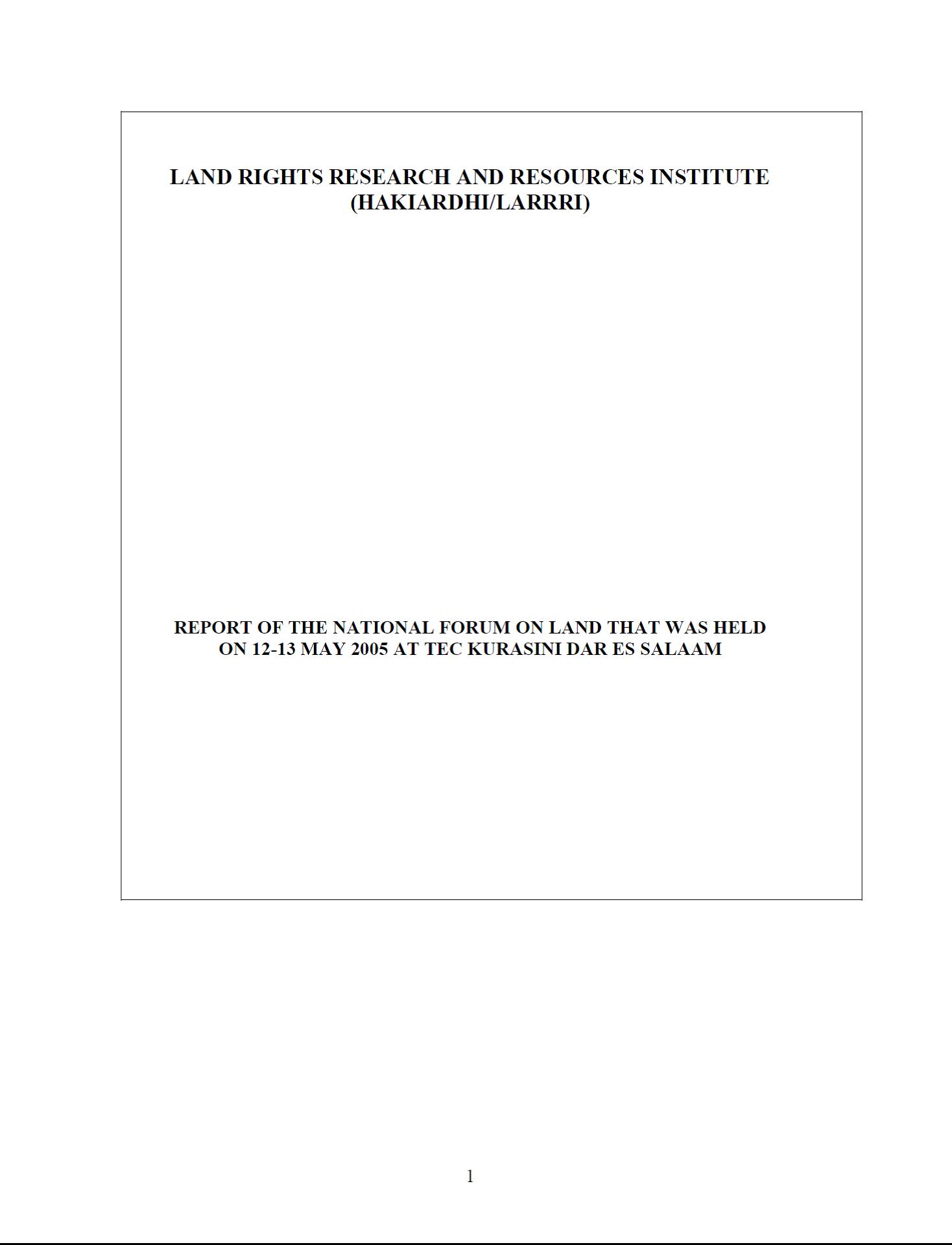Internal Displacement and Protection in Eastern Burma
EXECUTIVE SUMMARY:
"The Thailand Burma Border Consortium (TBBC) first collaborated with communitybased
organizations to document the scale and distribution of internal displacement
in Eastern Burma during 2002. Two years later, another survey was coordinated to
enhance understanding about the vulnerability of internally displaced persons. These
assessments sought to increase awareness about the situation in conflict-affected
areas which remain largely inaccessible to the international community.



